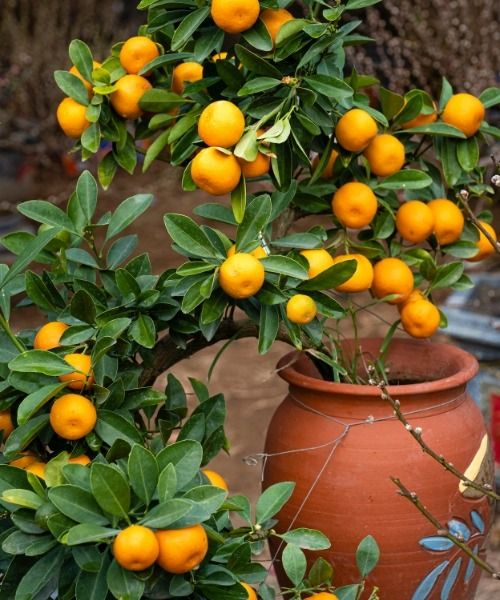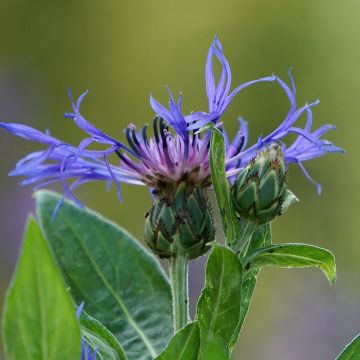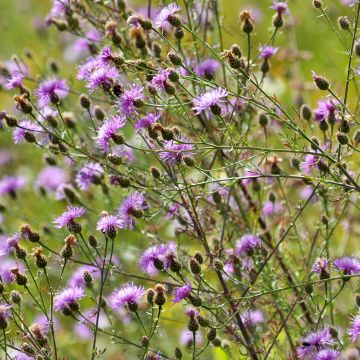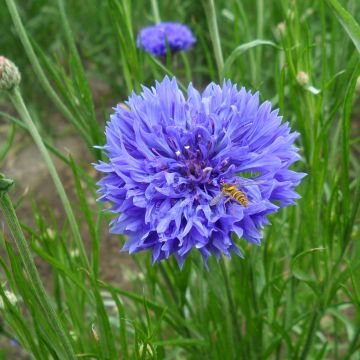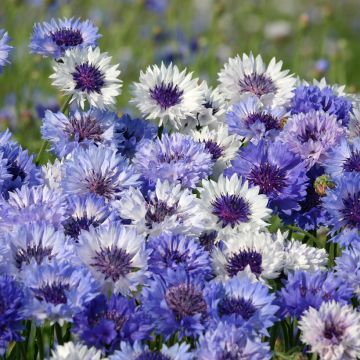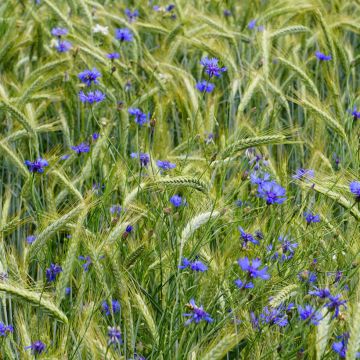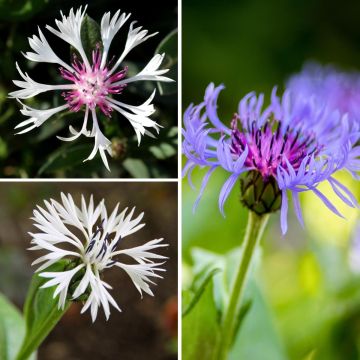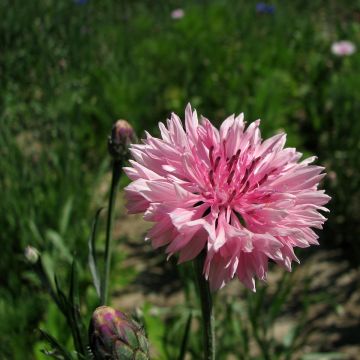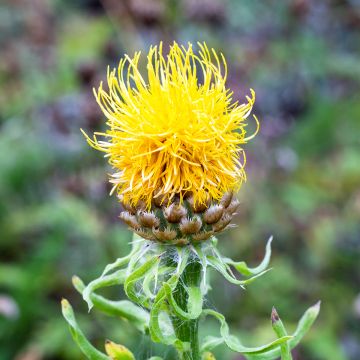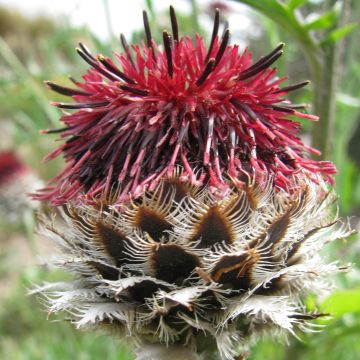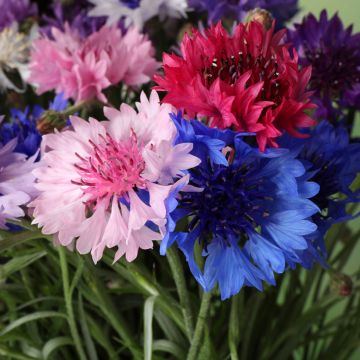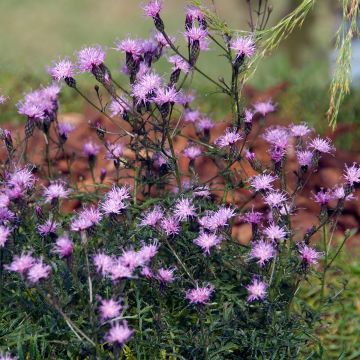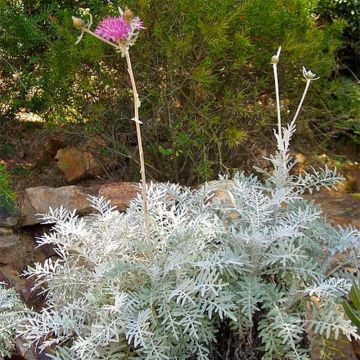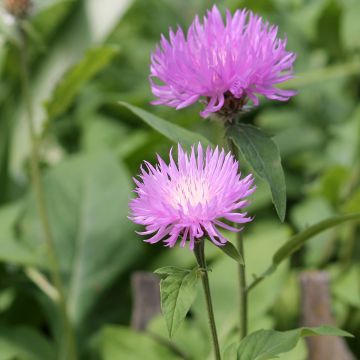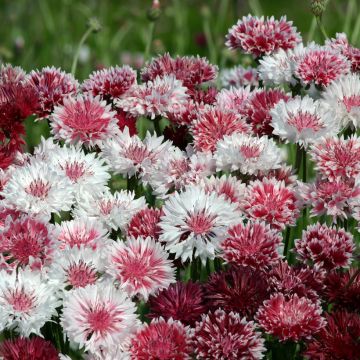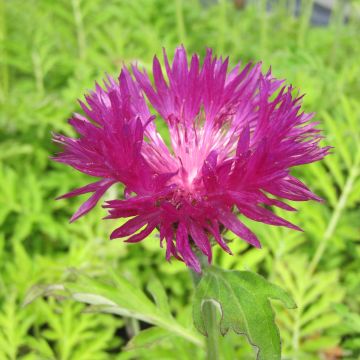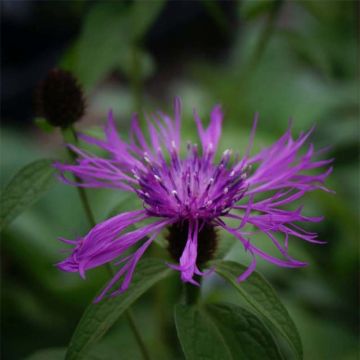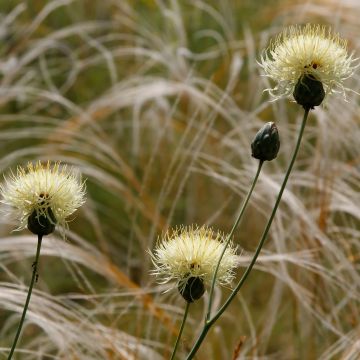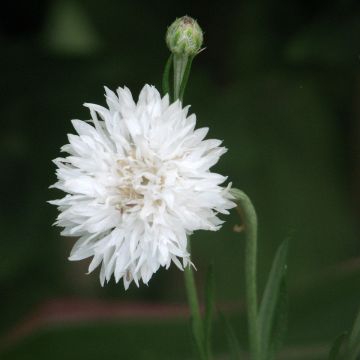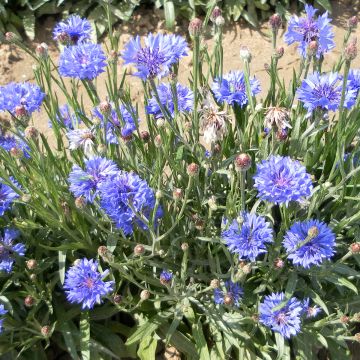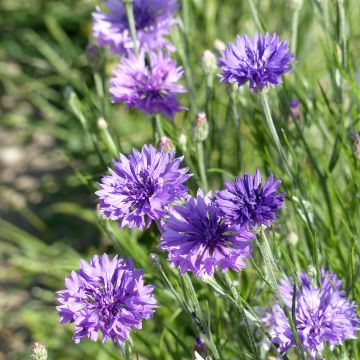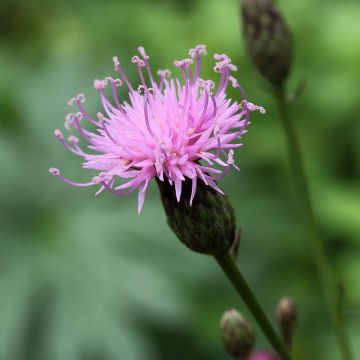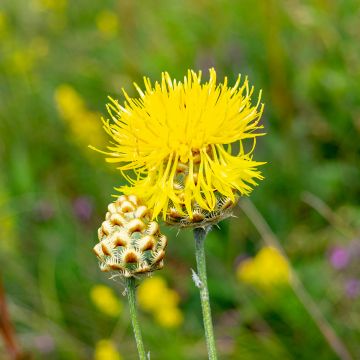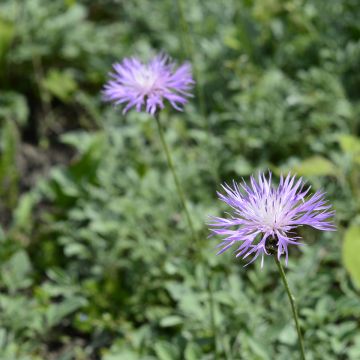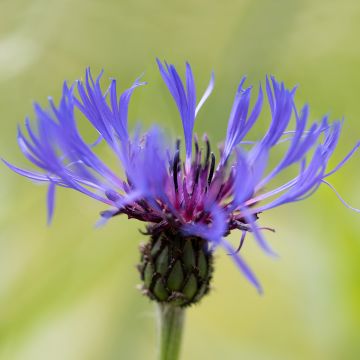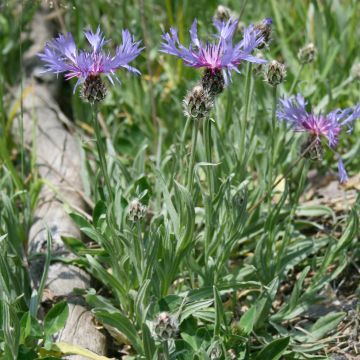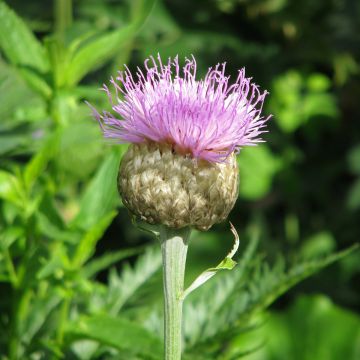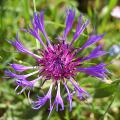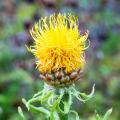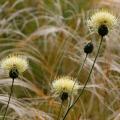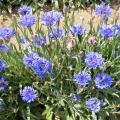Wild Centaurea
Would this plant suit my garden? Set up your Plantfit profile →
Available in 3 sizes
Available in 1 sizes
Available in 1 sizes
Available in 1 sizes
Available in 1 sizes
Available in 1 sizes
Available in 0 sizes
Available in 1 sizes
Available in 2 sizes
Available in 2 sizes
Available in 1 sizes
Available in 1 sizes
Available in 1 sizes
Available in 1 sizes
Available in 2 sizes
Available in 1 sizes
Available in 1 sizes
Available in 2 sizes
Available in 1 sizes
Available in 1 sizes
Available in 1 sizes
Available in 1 sizes
Available in 1 sizes
Available in 1 sizes
Available in 1 sizes
Available in 1 sizes
Available in 1 sizes
Available in 1 sizes
Available in 1 sizes
Available in 1 sizes
Available in 1 sizes
Available in 1 sizes
Available in 1 sizes
Wild Centaureas are botanical species such as Centaurea jacea of meadows and paths or the famous mountain cornflower (Centaurea montana), which grow spontaneously in nature. The genus Centaurea includes many perennials and annuals of the Asteraceae family, close to thistles but not prickly. All are nectar plants for the caterpillars of many butterflies. In gardens, we also plant scabious centaurea (C. scabiosa), a charming native with pale pink flowers, very easy to grow, which grows everywhere in our countryside, including in limestone and dry soil. C. dealbata, the Persian cornflower, forms a beautiful clump of divided leaves and is adorned with bright carmine pink flowers. It is a very hardy perennial, ideal in natural, slightly wild beds. We also offer rare species in cultivation, such as Centaurea ruthenica, a beautiful montane plant with pale yellow pompom flowers.
Haven't found what you were looking for?

































